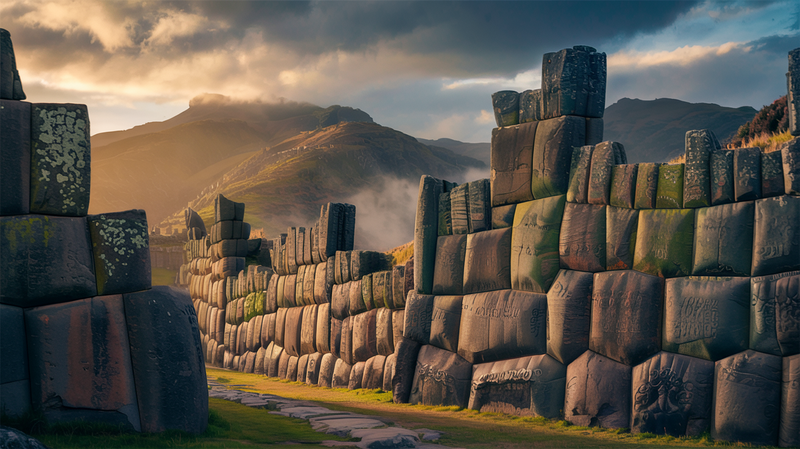Unveiling the Lost Cities of the Amazon: Ecuador's Ancient Urban Marvel
Imagine stumbling upon an ancient metropolis, hidden beneath the dense canopy of the Amazon, challenging everything we thought we knew about pre-Columbian South America. What if I told you such a place exists, and it's rewriting the history books as we speak? Deep in the Ecuadorian Amazon, researchers
Imagine stumbling upon an ancient metropolis, hidden beneath the dense canopy of the Amazon, challenging everything we thought we knew about pre-Columbian South America. What if I told you such a place exists, and it's rewriting the history books as we speak?
Deep in the Ecuadorian Amazon, researchers have uncovered an archaeological marvel—a vast ancient urban complex, sprawling across the landscape, reminiscent of the grandeur of ancient Rome. This discovery, made possible through the innovative use of LiDAR technology, unveils thousands of human-made mounds, intricate road systems, and extensive agricultural fields, buried for centuries under the lush jungle.
For years, the narrative surrounding the Amazon was one of a vast, untamed wilderness, sparsely populated by nomadic tribes. However, this groundbreaking find in the Upano Valley shatters such misconceptions, revealing a sophisticated society capable of monumental architecture and urban planning, which thrived for approximately 2,000 years starting around 500 BC.
The use of airborne laser scans exposed a complex network of approximately 6,000 mounds, 15 settlements, and an elaborate system of roads and agricultural fields, meticulously engineered to sustain a large population. This evidence suggests that the valley was not just a series of isolated villages but a fully integrated, human-engineered landscape, showcasing a level of urbanism previously unrecognized in the Amazon.
Archaeologist Stéphen Rostain, along with his team, spearheaded the research, utilizing LiDAR to penetrate the dense foliage that has long concealed these ancient structures. Their findings challenge the long-held belief that the Amazon was an untouched wilderness prior to European contact, suggesting instead that it was a bustling network of populous cities and farmland.
This discovery opens a new chapter in our understanding of ancient civilizations in the Americas, prompting us to reconsider the historical and cultural significance of the Amazon. It highlights the technological prowess and environmental management of its ancient inhabitants, offering valuable insights into sustainable living in harmony with nature.
As we delve deeper into the mysteries of the Amazon, let us reflect on the lessons these ancient cities can teach us about resilience, innovation, and the intricate relationship between humans and their environment. This revelation is not just a window into the past but a mirror reflecting our potential future, urging us to rethink our role in shaping and preserving the natural world.
For those intrigued by the boundless mysteries of ancient civilizations and the untold stories of our planet, this discovery in the Ecuadorian Amazon is a testament to the enduring legacy of human ingenuity. It beckons us to explore further, learn more, and remain open to the endless possibilities that lie hidden beneath the surface of our understanding.
The findings from this research have been extensively documented and analyzed in various reputable sources, including articles from Science News, Smithsonian Magazine, and Ancient Pages. These publications provide a detailed account of the discovery, the technology used, and the potential implications of these findings on our perception of ancient Amazonian societies





